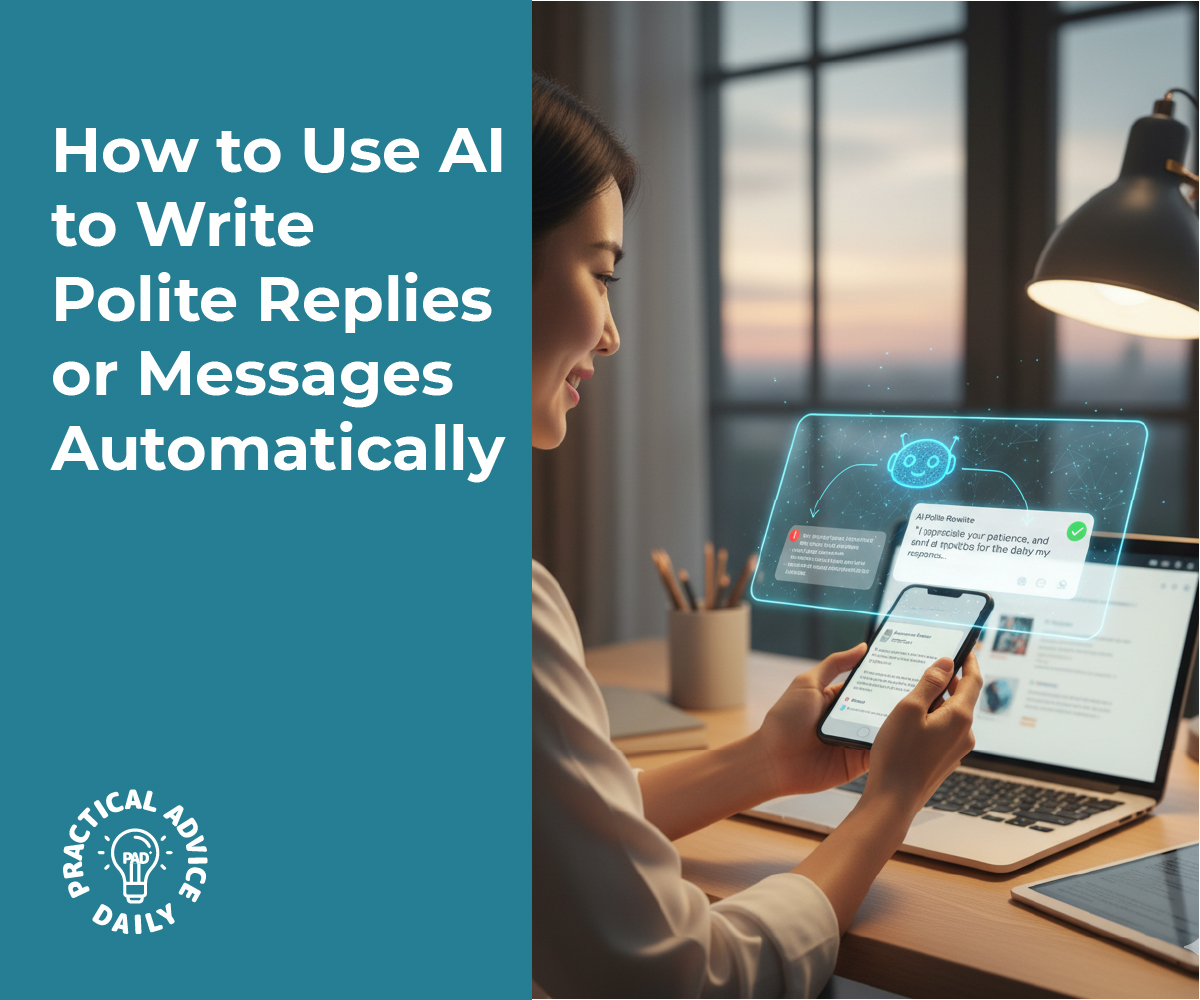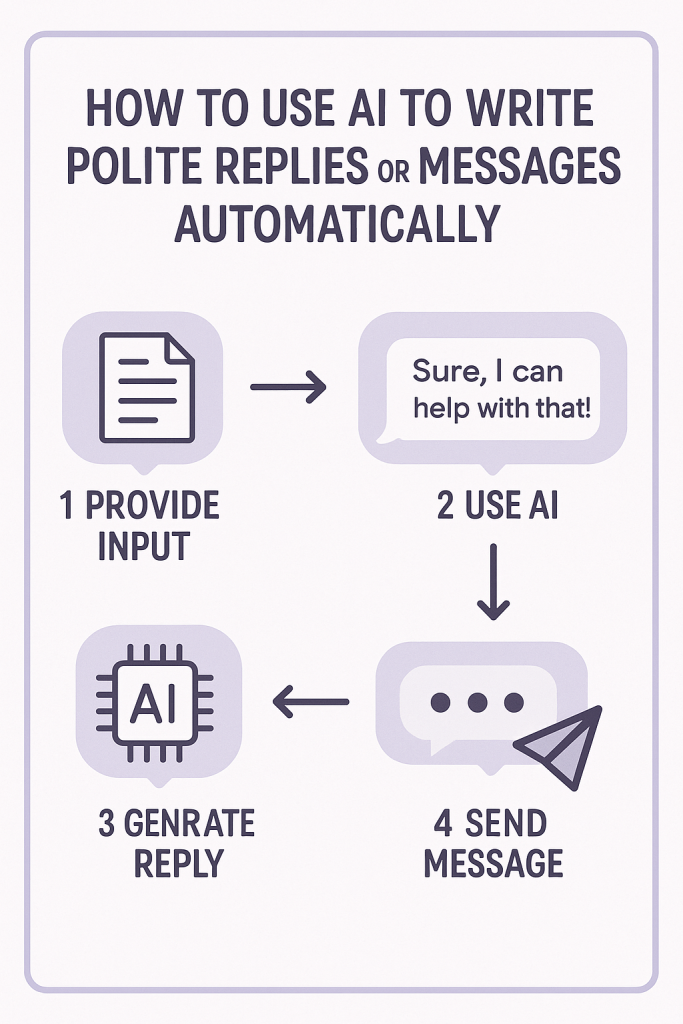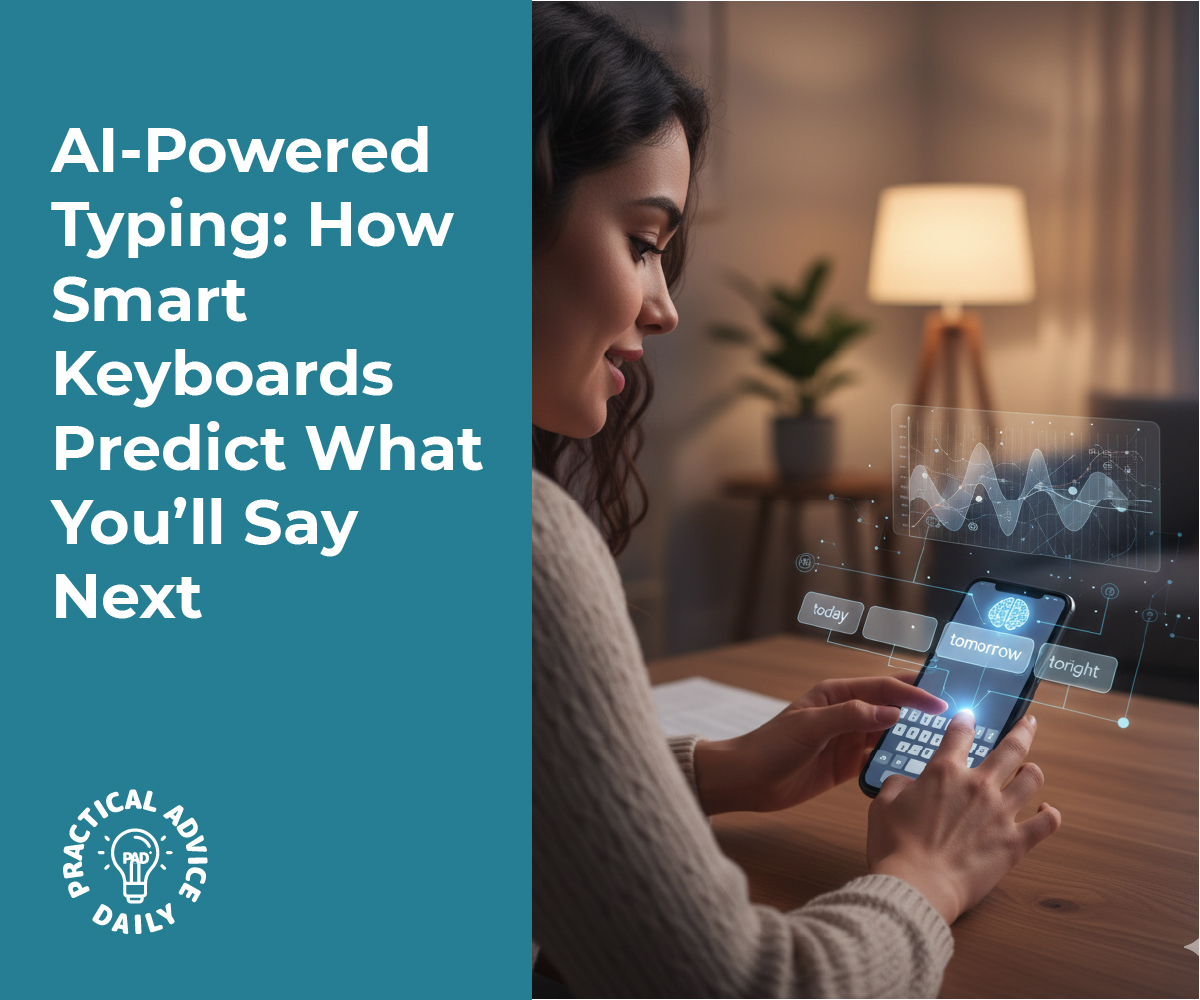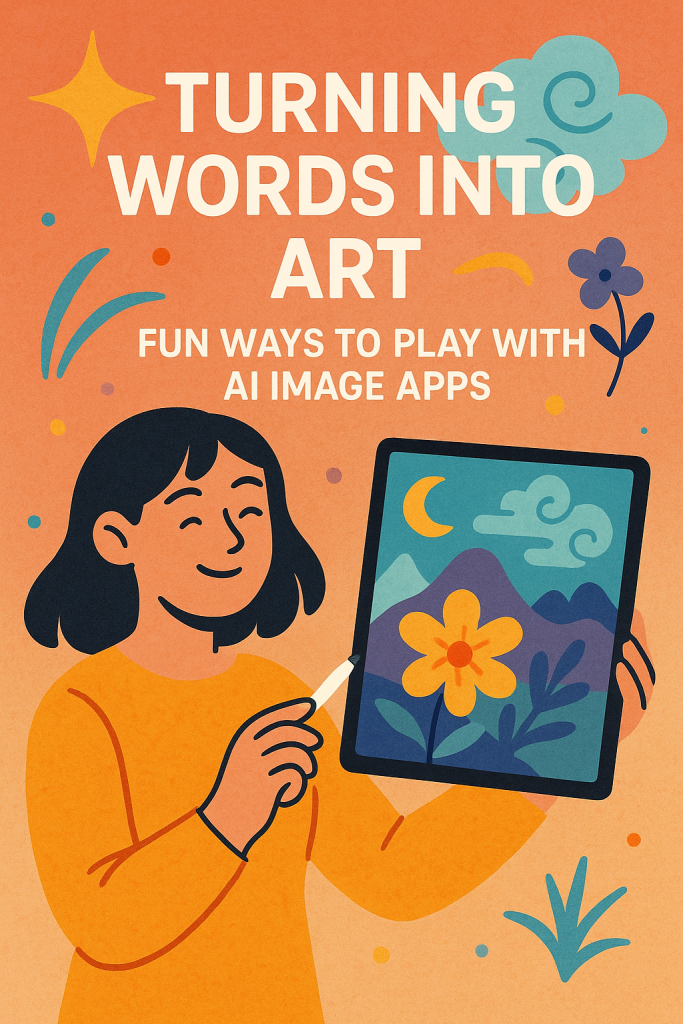If you’ve ever used Siri to set a timer, check the weather, or send a quick message, you might have noticed that Apple’s voice assistant feels smarter lately. That’s because Siri recently got a big AI upgrade. But what exactly does that mean?
In this easy-to-follow guide, we’ll look at how Apple’s new artificial intelligence features make Siri more natural, more useful, and—finally—better at understanding what you actually mean. Don’t worry, we’ll skip the tech jargon and keep things simple.
Table of Contents
Key Takeaways
- Siri can now understand more natural, conversational speech.
- The new AI helps Siri handle follow-up questions and complex requests.
- On-device intelligence means faster responses and more privacy.
- Siri works better with apps, messages, and daily reminders.
- You’ll see these changes in iOS 18 and newer Apple devices.
What’s New with Siri’s AI
Apple’s new AI system, called “Apple Intelligence,” powers the biggest upgrade Siri has ever had. Instead of only responding to short commands like “Call Mom,” Siri now understands the meaning behind your requests.
For example:
- You can say, “Remind me to call Mom when I get home,” and Siri will know to set that reminder for your location.
- If you follow up with, “Oh, and send her the photo from dinner,” Siri understands you’re still talking about Mom and finds that picture for you.
This type of understanding—where Siri connects ideas and context—is what Apple’s new AI brings to the table.
More Natural Conversations
Before, Siri worked best when you spoke in short, robotic commands. Now, you can talk to it more like a real person. You can pause, change your mind, or add details, and Siri will keep up.
Example:
- You: “Hey Siri, text Sarah… actually, wait—make that Jane. Tell her I’ll be five minutes late.”
- Siri: “Okay, I’ll text Jane that you’ll be five minutes late.”
No need to start over or rephrase everything. This smoother conversation style makes Siri much easier to use.

Better Understanding of Context
Siri can now keep track of what you’re talking about, even across different questions. If you ask:
- “What’s the weather like in Paris?”
and then say, - “How about Rome?”
Siri knows you’re still talking about weather, without needing you to repeat it.
This is part of Apple’s new “context awareness” ability. It may sound small, but it’s what makes Siri feel more human and less like a machine.
Works Seamlessly with Apps
Another improvement is how well Siri interacts with your apps. It can now open documents, find photos, or summarize emails—all using simple voice commands.
Try saying:
- “Show me the photos I took at the beach last weekend.”
- “Find the note I made about the plumber.”
- “Summarize the last email from my doctor.”
Siri uses AI to pull the right information from your apps quickly and privately.
Privacy First
One of the biggest differences between Apple’s AI and others is how it handles your personal data. Apple processes most requests directly on your device, which means your private information—like messages, photos, and notes—stays with you.
For more complex tasks, Siri may use secure cloud processing, but Apple promises this data isn’t stored or shared. This approach blends powerful AI with strong privacy protection, something many users appreciate.
Faster and More Reliable
Because Siri now uses on-device intelligence, it responds more quickly than before. You’ll notice fewer “Let me check on that” delays. Everyday requests—like setting alarms or checking your calendar—feel almost instant.
And if you’re offline, Siri can still handle many tasks, such as controlling settings or opening apps, without needing an internet connection.
Real-Life Example: Planning Your Day
Let’s say you want to plan a busy morning. With the new Siri, you could simply say:
“Hey Siri, what’s on my calendar tomorrow morning?”
Then follow with:
“Move my doctor’s appointment to later in the day.”
And then,
“Text my sister that I’ll be free for lunch.”
Siri now understands all these connected requests as part of one conversation—saving you time and taps.
Final Thoughts
Apple’s latest AI upgrades finally make Siri feel like the smart assistant it was always meant to be. It’s friendlier, faster, and better at understanding what you mean instead of just what you say.
Whether you’re sending messages, organizing your day, or searching your photos, Siri’s new intelligence makes your iPhone, iPad, or Mac even more helpful—without giving up your privacy.
If you haven’t updated your device yet, it’s worth checking for the latest version of iOS or macOS to try the new Siri for yourself. You might be pleasantly surprised at just how natural talking to your device now feels.












